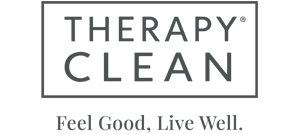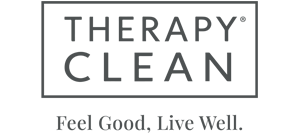
Sodium Chloride, commonly known as table salt, is a versatile and natural ingredient widely used in cleaning formulations. It serves various roles, including as a thickening agent, abrasive, stabilizer, and even a mild preservative. Due to its natural origin and availability, sodium chloride is a key ingredient in both commercial and homemade cleaning solutions.
Table of Contents
- What Is Sodium Chloride?
- How Is It Produced?
- Role in Cleaning Products
- Benefits of Using Sodium Chloride
- Is Sodium Chloride Safe?
- Formulation Guidelines
- Sodium Chloride vs. Other Salts
- Environmental Impact
- References
What Is Sodium Chloride?
Sodium chloride is a crystalline mineral composed of sodium and chlorine atoms. It is abundant in seawater and salt mines and is commonly used as a seasoning and preservative in the food industry. However, its usefulness extends beyond the kitchen, making it a key component in many cleaning products due to its versatile properties.
How Is It Produced?
Sodium chloride is obtained through two primary methods:
- Evaporation of seawater: Solar evaporation methods extract salt from saline water in coastal areas.
- Mining rock salt: Underground deposits are mined, crushed, and refined to produce pure sodium chloride.
Role in Cleaning Products
In cleaning formulations, sodium chloride serves multiple purposes:
- Thickening agent: Increases viscosity when combined with surfactants, especially in liquid soaps and shampoos.
- Abrasive scrub: Finely ground salt acts as a mild abrasive for scouring and scrubbing.
- Stabilizer: Enhances the stability of cleaning formulations.
- Preservative: Reduces microbial growth when used in sufficient concentrations.
Benefits of Using Sodium Chloride
- Cost-effective: Readily available and inexpensive.
- Natural and biodegradable: Leaves no harmful residues when properly rinsed.
- Multi-functional: Thickens, stabilizes, and enhances cleaning efficacy.
- Safe for most surfaces: Non-toxic and non-corrosive when used properly.
Is Sodium Chloride Safe?
Sodium chloride is recognized as safe by regulatory bodies like the FDA and EPA. It is non-toxic when used at typical cleaning concentrations. However, in high doses or in undiluted forms, it can cause irritation to the skin or eyes. Therefore, it’s essential to follow proper dilution guidelines.
Formulation Guidelines
- Typical usage rate: 0.5% - 3% for thickening applications.
- Combining with surfactants: Works well with anionic surfactants like SLS to boost viscosity.
- Abrasive applications: Use coarser grains for scrubbing pastes.
- Solubility: Fully soluble in water; avoid oversaturation to prevent crystallization.
Sodium Chloride vs. Other Salts
| Salt | Primary Use | Abrasion | Thickening | Safety |
|---|---|---|---|---|
| Sodium Chloride | Thickening, scrubbing | Mild | High | Safe |
| Epsom Salt (Magnesium Sulfate) | Exfoliation, bath products | Moderate | Low | Safe |
| Sea Salt | Scrubs, exfoliators | High | Moderate | Safe |
Environmental Impact
Sodium chloride is naturally occurring and biodegradable. It does not pose a significant environmental threat when used in typical household concentrations. However, large-scale industrial discharge of saline water can impact aquatic ecosystems, so proper dilution and disposal are important.










